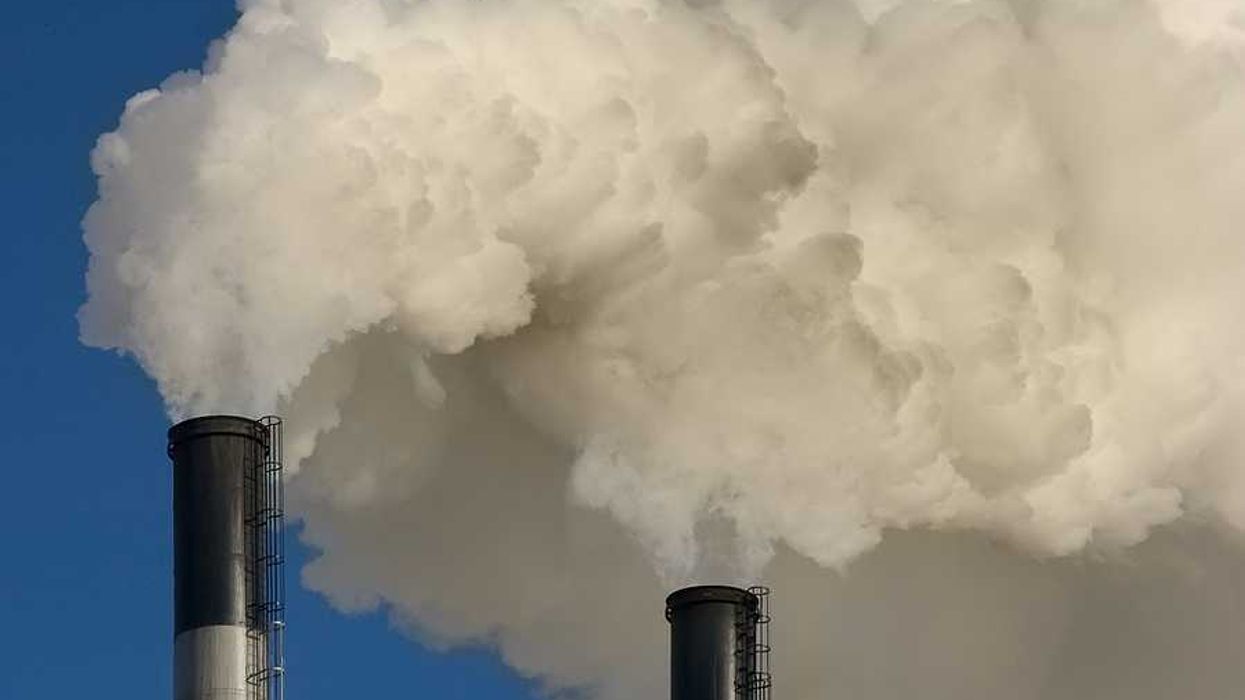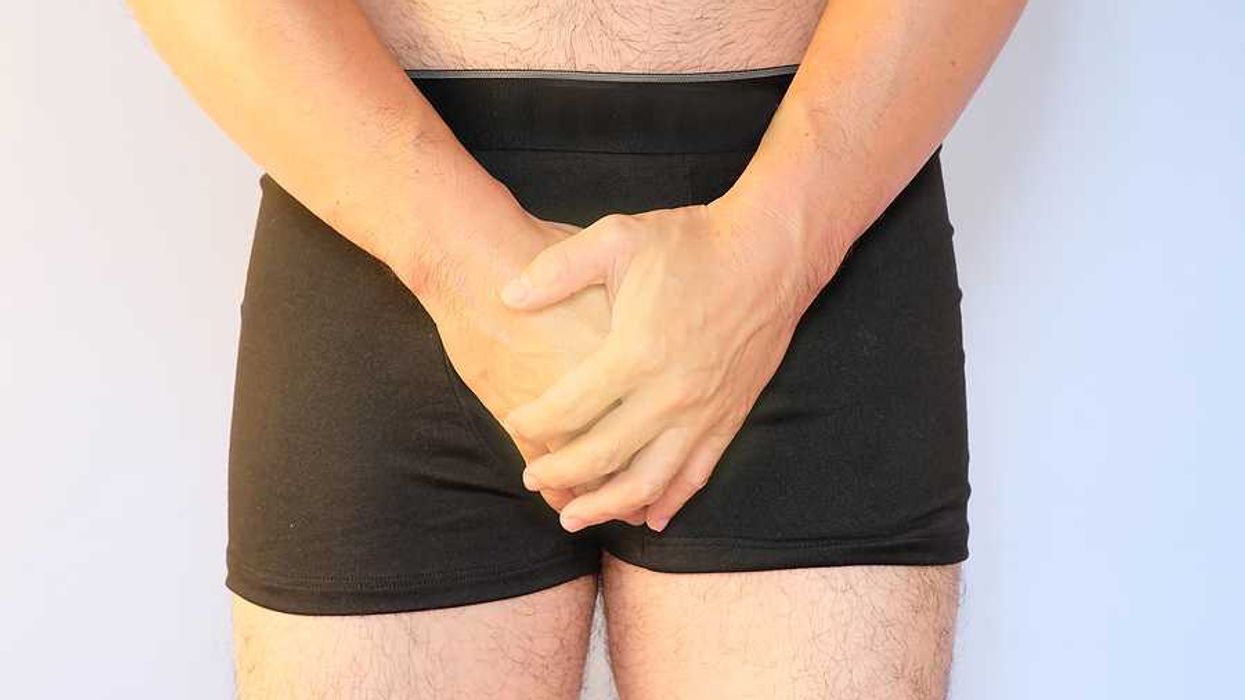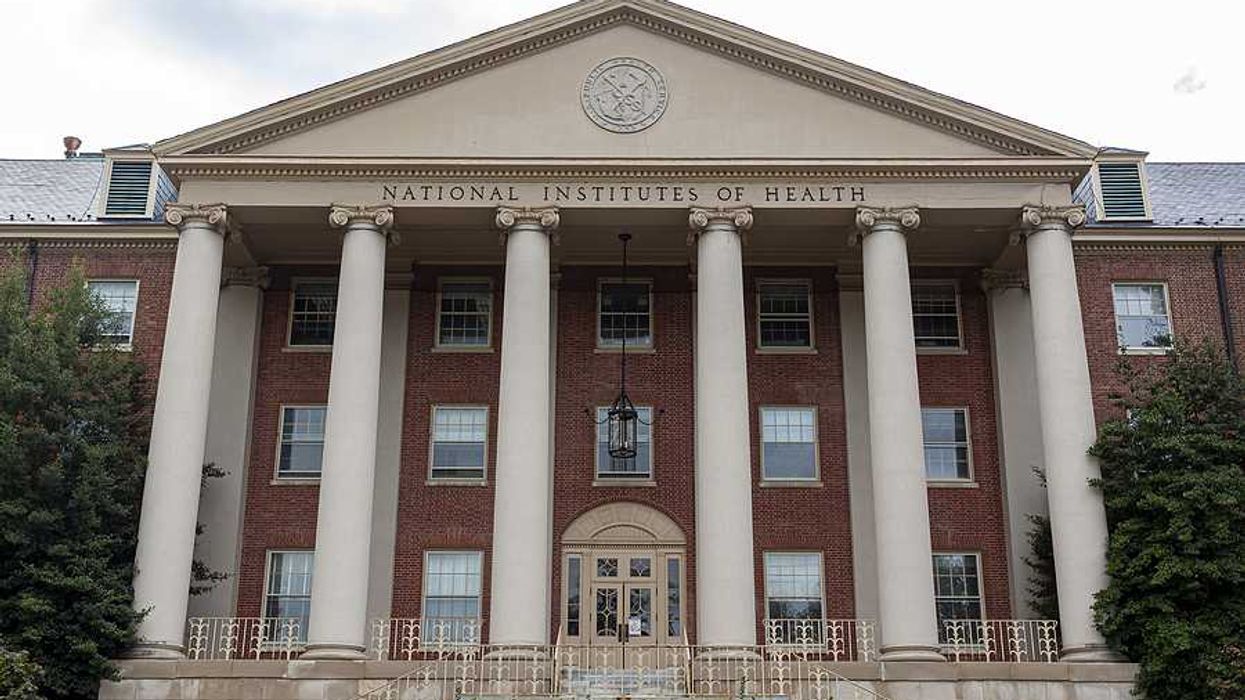The Trump administration has reversed course and will no longer attempt to delay a ban on chrysotile asbestos, retreating from a legal effort to reconsider the Biden-era rule.
Hiroko Tabuchi reports for The New York Times.
In short:
- The U.S. Environmental Protection Agency said it will not move forward with a plan to revise the ban on chrysotile asbestos, a move it had announced just weeks earlier.
- The 2024 ban, enacted under former President Biden, marked the first major asbestos restriction in the U.S. in nearly a decade and was widely supported by public health advocates.
- Industry groups continue to challenge the ban in court, and some manufacturers still have up to 12 years to phase out asbestos under the rule.
Key quote:
The move to reconsider the ban "would have opened the door to years of delay, confusion and increased risk to public health."
— Linda Reinstein, president of the Asbestos Disease Awareness Organization
Why this matters:
Chrysotile asbestos is a known carcinogen still used in U.S. manufacturing despite being banned in more than 50 countries. Its fibers can lodge in lungs and tissue, leading to deadly diseases like mesothelioma, lung cancer and asbestosis. The substance is found in products ranging from brake pads to chlorine production equipment, exposing workers and communities to long-term risks. Each year, asbestos-related diseases kill an estimated 40,000 Americans.
Though phased out in many settings, legal loopholes and industry pressure have delayed a full U.S. ban. Public health researchers have long warned that even minimal exposure can be dangerous, especially for workers in legacy industries or those involved in demolition and renovation of older buildings where asbestos insulation still lingers.
Read more: EPA reopens door to asbestos use, stalling 2024 ban on cancer-linked mineral














